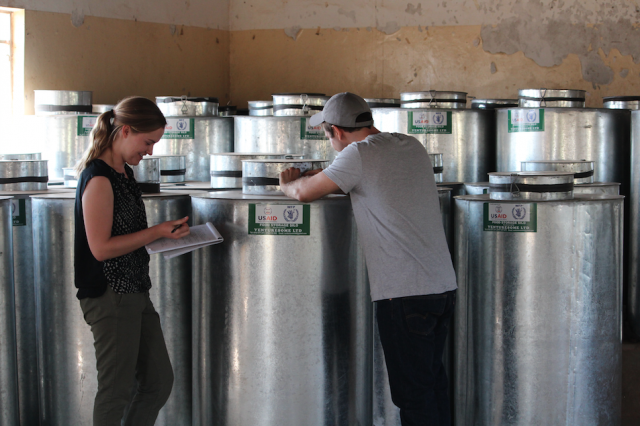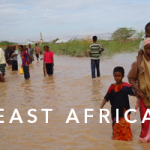Once known as the food basket in the region, Uganda is currently hit by famine where by an estimated 10.9 million Ugandans are experiencing acute food insecurity while 1.6 million have no food at all, a report released Tuesday indicates.
This can be partly blamed on production, storage and post-harvest handling.
According to the World Food Program (WFP), nearly one-third of food produced for human consumption is lost or wasted, and over half of that food waste happens during production, post-harvest handling, and storage.
WFP has been carrying out a research aimed at evaluating various post-harvest storage technologies sold in Uganda to better understand which technologies are best poised for scale.
In 2014, the WFP established a special operation to train Ugandan farmers in post-harvest storage and introduce them to post-harvest technologies, while also supporting Uganda’s private sector to develop business models for post-harvest loss reduction.
“The World Food Program offered four products to over 16,000 farmers at a subsidized price: metal silos in two sizes produced by local artisans, plastic silos produced by a local manufacturer, and hermetic bags, which were imported,” explains Jarrod Goentzel, Comprehensive Initiative on Technology Evaluation (CITE) scalability lead and director of the Humanitarian Response Lab.
“We wanted to understand how these products compared in cost, availability, and value to the farmer. And we sought to identify opportunities for improvements in local supply chains to better deliver these products in the future.”
The researchers found that plastic silos produced by a local manufacturer showed the most potential, with a strong value proposition to farmers and capacity to scale production.
However, the cost structure as reported by the manufacturer indicated they were selling the silos at a loss.
“After the study, the World Food Program worked with a new manufacturer to reduce the cost,” Goentzel says, adding: “They redesigned the product so silos could be nested for stacking to increase transportation efficiency.”
Metals silos produced by local artisans were attractive to farmers, but were less available than other products. Artisans that employed skilled labor and utilized manufacturing equipment had higher productivity, indicating that local production could be competitive through labor training and capital investment. Researchers found imported hermetic bags were affordable but offered low margins for the sales channel partners.
“Because local artisans were not consistently able to produce silos at the scale needed, the World Food Program decided to source their metal silos from a central manufacturer in Kampala. Still, there’s potential to be explored in the local artisan model. It will just take longer to scale up,” Goentzel explains.
Based on findings from the study, the World Food Program also changed the distribution of post-harvest technologies. Before, the organization arranged for transport directly, and now, they instead arrange for manufacturers to transport products to local distributors or agro dealers for distribution to farmers.
Another important aspect of the study was the training on improved handling and storage practices that accompanied the sale of post-harvest technologies.
“The special purpose trainings facilitated by the World Food Programme in this initial program were expensive, but important: They became the ‘power users’, essential for effective word-of-mouth marketing. It’s key that post-harvest training become part of the business model for private sector actors and incorporated into local extension services in the future,” Goentzel says. “There is already interest from distributors and agro dealers, as well as from the Ugandan government.”
In their research, MIT researchers used mixed methods, employing empirical research — surveys, semi-structured interviews, and even hypothetical behavioral experiments — to gather data that informed an analytical model.
Combining empirical research with modeling helped researchers better understand the current trajectory in farmer adoption and identify the most critical factors in scaling faster.
“Unlike the products themselves, you can’t bring supply chains into the lab,” Goentzel explains. “Market facilitation by a development organization like the World Food Program provides an important laboratory in developing effective business models.”
WFP is now working on rolling out similar post-harvest storage initiatives in Tanzania, Rwanda, Burundi, Sudan, South Sudan, Burkina Faso, Mali, Zambia, and Zimbabwe – countries that have been hit by famine too.
Meanwhile, the government of China came to Uganda’s rescue with food aid of about 119,660 bags(50kgs each) of rice valued at Shs22billion.







